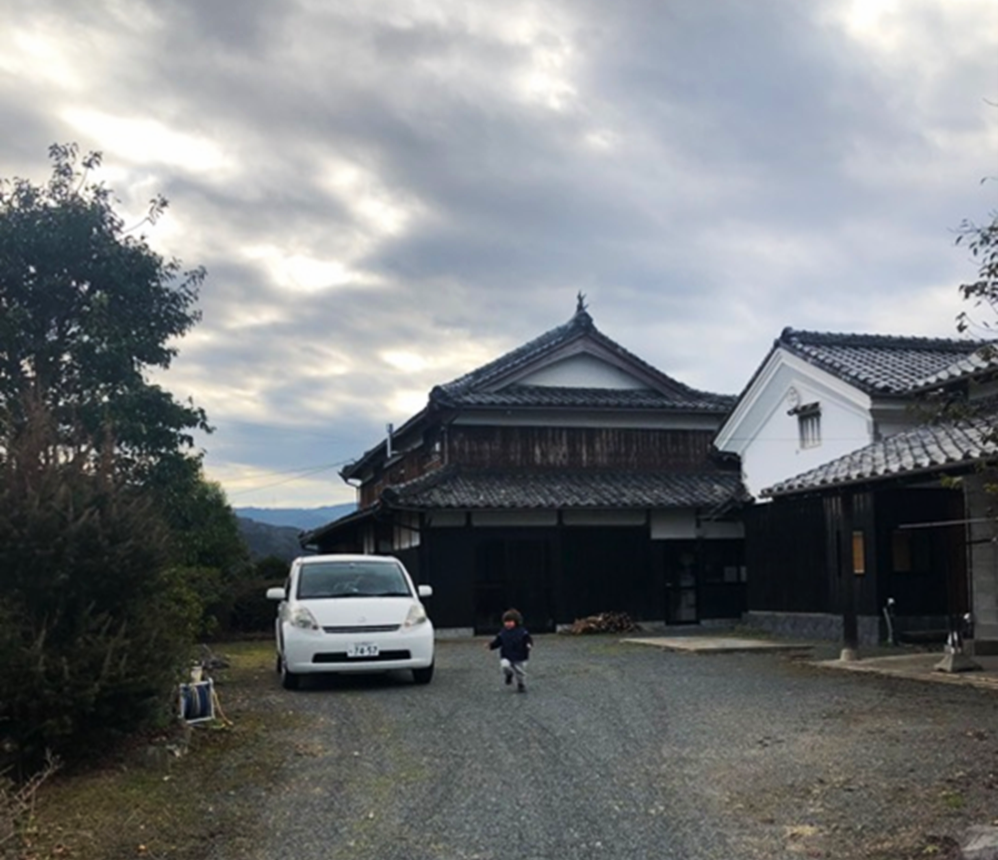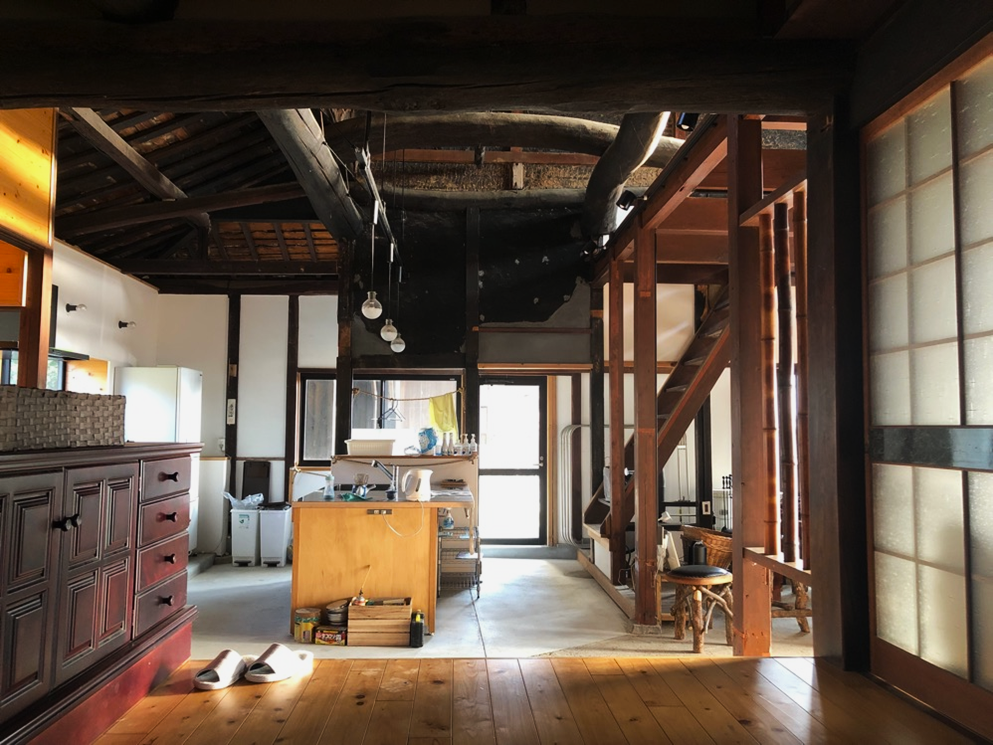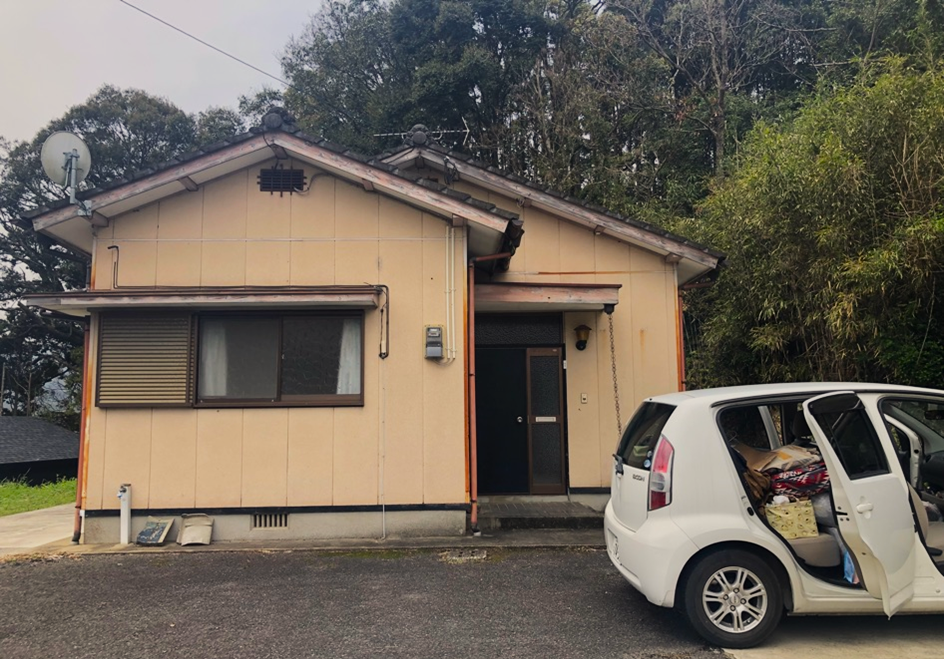by Cecilia Luzi
During my field research in Buzen and Hasami, I had the opportunity to live in so-called trial houses or otameshi jūtaku. In this blog post, I would like to talk about this form of support offered by local communities for people moving to the countryside and share my experiences of living in two trial houses. Among the many types of support that rural towns offer to potential migrants, trial houses are very interesting. These are usually former vacant properties that have been purchased by the municipality. These houses can be rented at a very reasonable price of 1000 yen per day for the entire house, with a maximum stay of 30 days. They are primarily aimed at people who are considering moving to the countryside and want to explore the area for more than just a day. The application process is straightforward: I simply downloaded a form from the town hall’s website, filled it out with the relevant personal information, and sent the application along with a copy of my passport to a designated email address. I then received a confirmation either by post or email, and on the day the rental started I visited the town hall to pay the full amount for the duration of my stay and collect the keys.

Copyright © Cecilia Luzi 2023
On the day I moved into the trial house in Buzen, an official from the city administration accompanied me to show me around. We were joined by a migrant woman with whom I had been in contact since my arrival and who had lived in the experimental house with her family two years previously. She gave us valuable advice, especially about coping with the cold temperatures in February. “When we lived here, we only used one room for eating and sleeping for the whole family. That way you can keep all the heat in a smaller room,” she explained to me. The house was very spacious, much to the delight of my son, who enjoyed the freedom to run and play hide and seek in the huge, empty rooms. The century-old house called Yamauchi No Ie, named after the Yamauchi neighborhood just a 15-minute drive from City Hall, was built in the style of a traditional kominka (Japanese country house), with a ground-level kitchen at the entrance and a raised part of the house. The high ceilings added to its charm, but the lack of insulation was a big challenge. The internet connection in the house was very fast and flawless. However, the futons provided by the municipal office were old and dusty, so I was suggested to rent them somewhere for my stay.

Copyright © Cecilia Luzi 2023
The trial house in Hasami was different. It was built in 1970 and offered a compact but comfortable space, with the exception of the bathroom, which was very old and somewhat difficult to clean. The house is located below a hill, right next to a large public park with cherry trees that were just starting to blossom when I arrived. Inside, the decor resembled a modern apartment and the rooms were bright and spacious. When I arrived, I was accompanied by two officials from the town hall, who gave me a thorough overview of the house and made sure that everything was in order. As my four-week stay drew to a close, I left the house with a feeling of melancholy. Despite its modest size, I had quickly felt at home in the cozy ambience and would have loved to stay there until the end of my field research in Hasami!

Copyright © Cecilia Luzi 2023
When I first learned about the existence of trial houses in rural communities in Japan, I was really surprised. Having never seen something like it in Europe, I was immediately intrigued. The process of acquiring vacant properties, renovating them and making them available to migrants and travelers struck me as innovative. Trial houses offer individuals, especially families, the opportunity to experience rural life at an affordable price. In both towns, I met migrants who had taken advantage of the trial house service upon arrival and were very happy with the opportunity to live in an inexpensive but cozy space while exploring the area. However, I believe some changes could be made to improve the trial house system which is still relatively unknown. It seemed that only those who were in direct contact with the local government, such as chiiki okoshi kyōryokutai members or urban-rural migrants who applied for relocation support, were aware of this opportunity. Extending the length of stay, increasing the availability of trial houses and advertising their existence more systematically could be of invaluable help to urbanites wishing to familiarize themselves with the countryside and rural lifestyles before deciding to relocate long-term.
